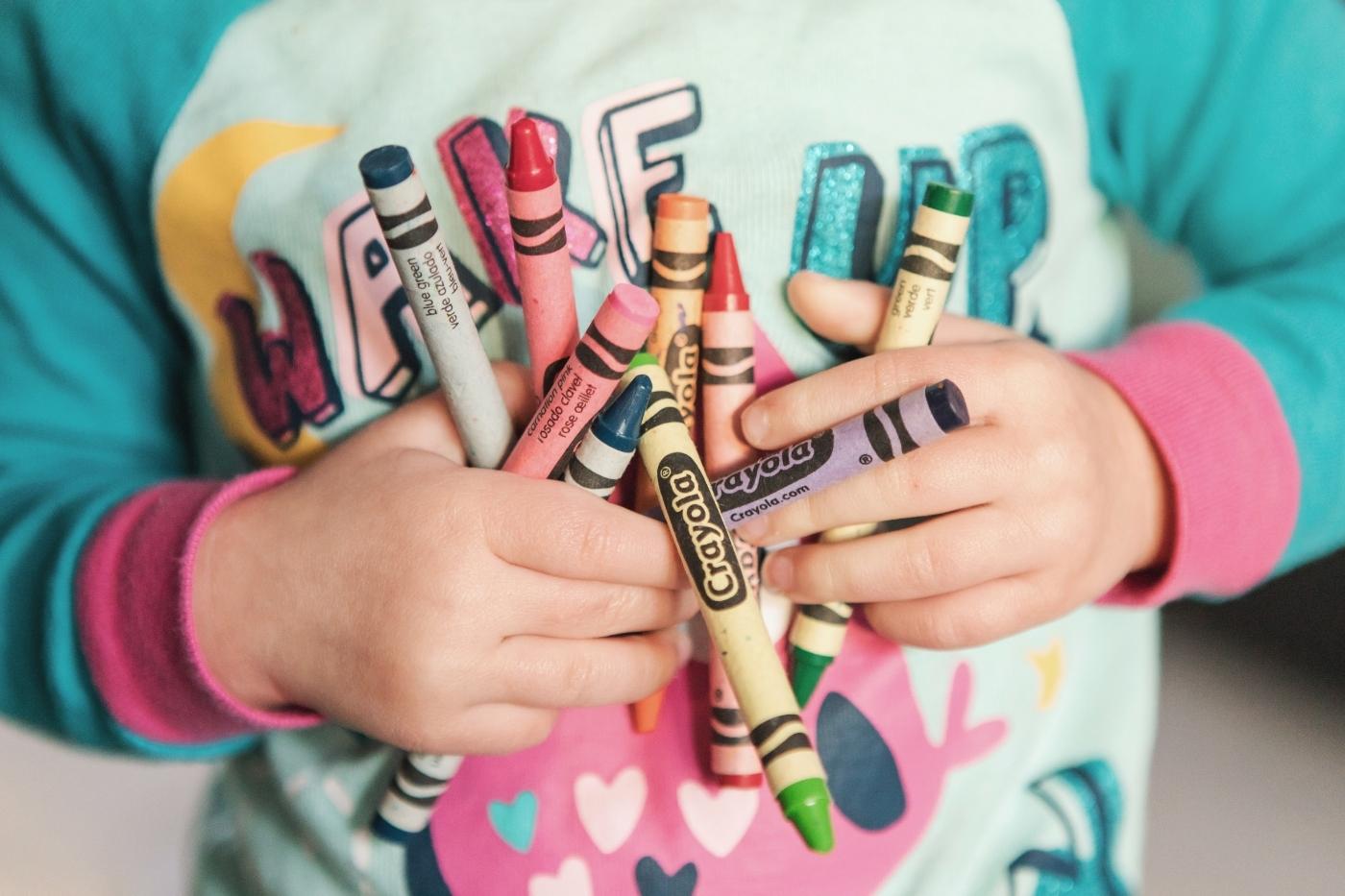Contact Us
We’ve all been there. Maybe you’re trying to get your toddler to leave the playground or the trampoline park, or you’re at home and gently explaining why he or she can’t get all the art supplies out right before dinner, and that familiar sensation starts bubbling up — anxiety for you, rage for your toddler. Your toddler is about to lose it, and you know for the next 15-30 minutes you’re going to be trying to calm your tantrum-ing toddler. We hope you find the 3 ways to deal with toddler tantrums helpful.
When my 3-year-old daughter started having tantrums, I had no idea what to do other than panic and sweat! But some through some research and good advice from friends and a counselor I was able to come up with 3 strategies for dealing with toddler tantrums.
1. Try to avoid them.
A lot of tantrums are the result of a toddler being hungry and tired. So if you notice your toddler getting edgy, try giving him or her a snack, or consider an early nap/bedtime that day.
2. Stay calm.
Unfortunately, while we can try to avoid them, some tantrums are inevitable. Toddlers are trying to be independent, but parents are still having to rein in that independence with the word every toddler hates more than any other — no. So it’s important to be able to regulate yourself in the midst of your toddler’s tantrums. Stay calm and remember your child will feed off of your energy. If you’re calm, it will help your child calm down. It helps me to remember I can ignore the behavior without ignoring the child. I can validate my toddler’s feelings (“Crying is OK, but throwing toys at Mommy is not.”) while also remaining calm and trying to help her calm down as well.
3. Teach your toddler to self-soothe.
When my daughter has tantrums, I try to stay calm, offer to hug and hold her or distract her with toys and games. But sometimes she’s just so far gone there’s nothing I can do. The part of the brain that gives humans inhibition and impulse control (the prefrontal cortex) isn’t fully developed until adulthood, so trying to rationally appeal to a seriously tantrum-ing toddler to calm down is fruitless, as every parent knows!
My counselor suggested I start putting my toddler in a safe place when she’s totally hijacking the peace of the household to give her a chance to learn how to self-soothe. I know this topic can be controversial, but I read some great tips on creating a “cozy corner” with toys and games where a toddler can go to calm down. I also heard a friend say she puts down a yoga mat where her toddler can sit until she’s ready to rejoin the family in a calm way.
When my daughter is throwing a tantrum, I try to remember that it’s all part of her development and I don’t need to take it personally. Tantrums aren’t a failure on my part or hers; they’re just a big part of my daughter learning how to be independent. And a big part of my own sanctification!
Emily Chadwell is a writer and editor who lives in Nashville, Tennessee, with her husband, two toddler daughters, and energetic golden retriever. Before staying at home with her daughters, Emily worked in adult ministry publishing at LifeWay Christian Resources, editing and writing for magazines, devotionals and women’s Bible studies. She continues to do freelance for LifeWay and also works part-time as an editor for MOPS International, but her days are primarily filled with play dates and Chick-fil-A lunches.
Related Articles
Tackling Tantrums
2 Things To Do Instead of Reward or Punish Your Kids
